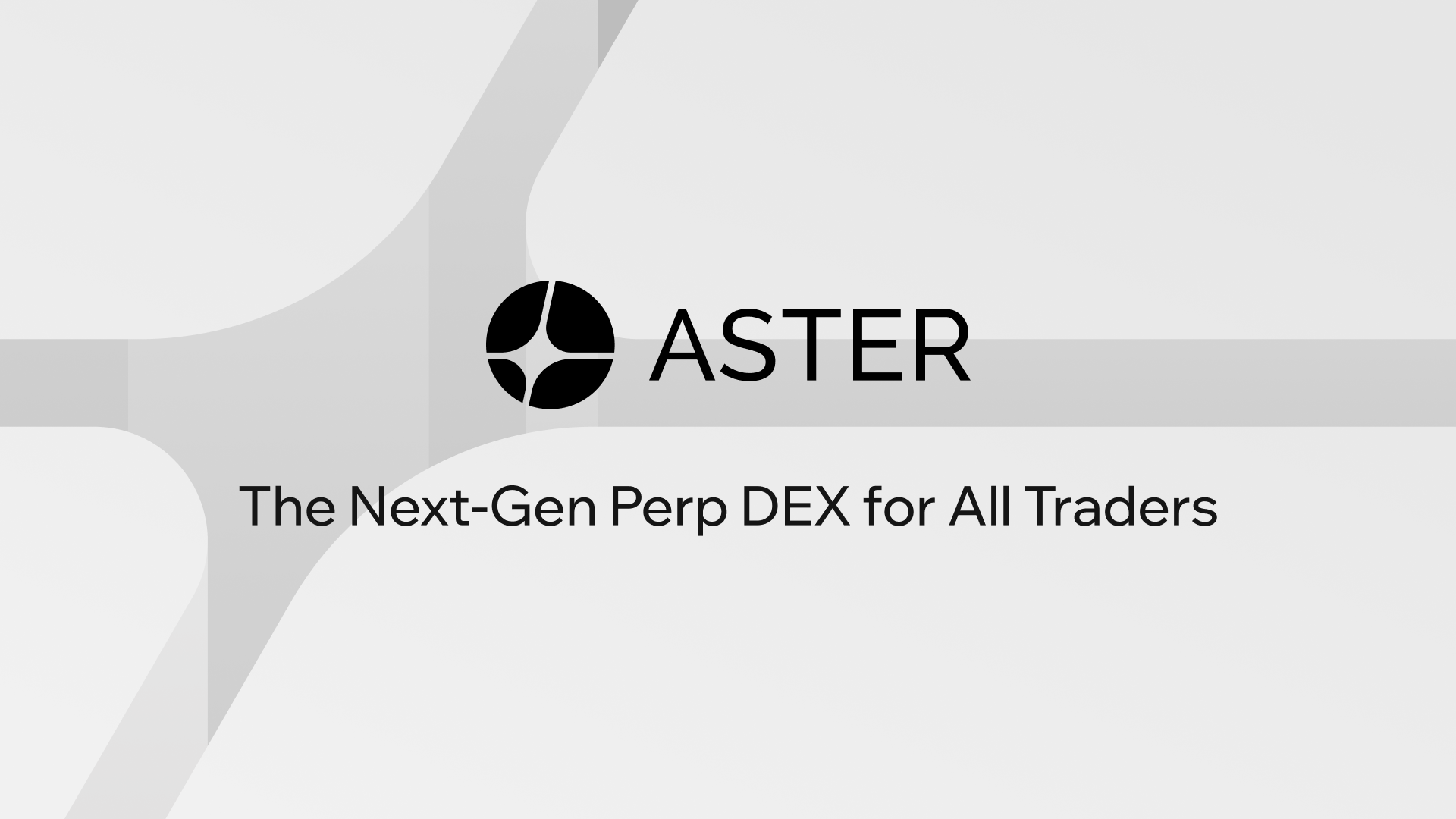28 Jun Why Polkadot DEX Liquidity Pools and Staking Rewards Matter More Than You Think
Whoa, this surprises me.
Polkadot’s ecosystem feels like a midnight garage band sometimes, raw and ambitious yet with surprising chops.
DeFi traders want efficiency and low fees, and honestly, Polkadot offers that potential in spades.
When you stitch liquidity pools, cross-chain messaging, and staking incentives together, a powerful feedback loop forms that changes how capital moves across chains.
At first glance the numbers look tidy, but dig deeper and the incentive math gets delightfully messy and revealing.
Hmm, interesting thought.
Liquidity pools are deceptively simple in practice: you deposit two assets and receive LP tokens in return.
Those tokens represent your share of the pool and let you claim fees and rewards.
But here’s the twist: the impermanent loss calculus shifts if rewards and yield streams are layered smartly, and that’s where Polkadot DEXes can shine because of composability across parachains.
Initially I thought liquidity provision was just yield farming lite, but then I noticed how staking rewards can offset temporary price divergence in ways many people miss.
Whoa, really?
Yes — and I’m biased, but lending, trading, and staking are becoming more intertwined, not separate silos anymore.
On one hand, LPs earn trading fees in perpetuity; on the other hand, many protocols now add token rewards and validator staking yield.
So a savvy LP on a Polkadot-native DEX might earn swap fees, protocol incentives, and passive staking rewards through wrapped staking primitives that compound returns and reduce net volatility exposure over time.
Actually, wait—let me rephrase that: all those rewards can stack, but you must watch locking periods and validator risk.
Whoa, that’s wild.
Polkadot’s architecture changes the risk calculus because parachain-level liquidity pools can be optimized for different asset classes.
That means reduced bridging friction and often lower fees than jumping across L1 bridges on other ecosystems.
Because of shared security and XCMP potential, an order routed inside the Polkadot family can be cheaper and faster while still tapping large TVL if liquidity is aggregated well.
On the practical side, that aggregation depends heavily on UX and on-chain router smart contracts that minimize slippage and routing overhead.
Wow, I’m excited.
Here’s what bugs me about many DEXs today: the UI pretends to be simple but hides serious trade-offs like lockup windows and validator slashing exposure.
DeFi traders deserve transparency, not surprises when they unstake and find funds illiquid during a market move.
Polkadot-based DEXs that integrate staking-aware LPs — that is, LPs that also stake protocol tokens or validator derivative tokens — create a different user experience, though implementation complexity rises sharply.
My instinct said early on to treat those derivative-staking LPs cautiously, and over time I validated that caution against a few nasty unbonding window surprises.
Whoa, stop right there.
Let me give a concrete scenario: you provide DAI–DOT liquidity and receive LP tokens that are also earning staked DOT rewards via a staking derivative.
You collect trading fees and receive additional yield denominated in DOT rewards, compounding on top of fee income.
But when DOT price swings and you want out, the unbonding period for native staking might delay exits and amplify realized impermanent loss if not managed by the DEX.
So it’s not just APY anymore; it’s liquidity risk, lockup risk, and routing efficiency combined into one decision matrix.
Whoa, okay.
Let me sketch how a Polkadot DEX can design better incentives without blowing up user trust.
First, create transparent LP tiers: instant-withdraw pools with lower staking capture, and locked-stake pools with higher rewards and a clear unbond timeline.
Second, use liquidity migration tools and time-weighted reward schedules that allow LPs to opt into gradual stake exposure, so abrupt market moves don’t trap them unexpectedly.
On the technical front, that requires combinator contracts and clear on-chain accounting, and yes, it’s a pain to implement safely — but doable.
Whoa, here’s a nitty-gritty point.
Staking derivatives (liquid staking tokens) are both a blessing and a liability for LPs.
They let LPs keep earning staking yield while remaining tradable, which is huge for capital efficiency.
But derivative designs vary: some are rebasing tokens, others are fungible claim tokens, and each choice affects composability and how rewards appear in your portfolio analytics.
On one hand, a rebasing derivative simplifies accounting for APY, though it breaks some price oracles; on the other hand, non-rebasing derivatives keep balances stable but require extra accrual logic.
Whoa, here’s the thing.
From a trader’s perspective, low fees matter, obviously.
But what matters more is predictable execution cost: slippage, routing fees, and time to settle.
Polkadot DEXs that prioritize on-chain order routing and use parachain liquidity aggregation reduce hidden costs compared to fragmented bridges and cross-L1 swaps, and that directly improves effective trading P&L for active DeFi traders.
I’m not 100% sure every DEX can execute this with perfect UX, but the architecture makes it plausible if teams prioritize it.
Whoa, seriously?
Yeah — and there’s a UX trick I like: show LPs a “liquidity health” dashboard that estimates emergent unbonding exposure and immediate exit cost under stress.
That kind of transparency makes staking-aware LPs less scary for retail and pros alike.
Design of such dashboards requires live validator performance data, reward accrual visibility, and simulated exit paths, which ties back into strong backend telemetry and on-chain oracles.
Building that is not glamorous work, but it changes behavior and builds trust fast.
Whoa, quick aside.
Check this out — some DEX teams are experimenting with patch liquidity pools that allow partial unstake against bonded positions while maintaining security guarantees.
It sounds nerdy, but practically it offers staggered withdrawal windows and fee-adjusted liquidity layers that smooth exits during volatile markets, and traders love smoother exits.
Those mechanisms require careful economic design to avoid circular incentives that could encourage strategic withdrawals or griefing attacks, though, so audit rigor becomes essential.
Oh, and by the way, security audits are non-negotiable here — don’t skip them.
Whoa, and that’s not all.
If you’re scouting for an active Polkadot DEX with low fees and thoughtful staking integrations, you should take a look at one of the newer platforms built for this ecosystem.
For a practical starting point, I recommend reading about designs and features on the aster dex official site, where teams outline liquidity strategies and staking-aware LP mechanics that are relevant to traders evaluating Polkadot DEX options.
I’m mentioning that because it bundles the conceptual pieces we talked about into a concrete roadmap that traders can evaluate against their risk tolerance and expected trade frequency.

Practical rules I use when deciding to provide liquidity
Whoa, short checklist time.
First, check the unbonding windows for any staking derivative involved and match it to your trading horizon.
Second, estimate combined IRR from fees plus staking reward versus expected volatility-driven impermanent loss.
Third, confirm there’s a robust liquidity routing mechanism to reduce slippage on large orders, and that the DEX publishes historical execution cost data.
Common trader questions
Can staking rewards reliably offset impermanent loss?
Short answer: sometimes. Medium answer: rewards can meaningfully offset impermanent loss when staking yields are high and volatility is moderate. Long answer: it depends on lockup windows, reward token emission schedules, and whether your staking exposure is hedged; always run scenario analyses and include worst-case exit costs before committing capital.
Is Polkadot better for low-fee trading than other ecosystems?
My take: Polkadot has structural advantages thanks to shared security and XCMP, which can lower overhead and bridging fees if projects integrate well. That said, execution depends on individual DEX design, liquidity depth, and relayer costs; so evaluate on a DEX-by-DEX basis.

No Comments